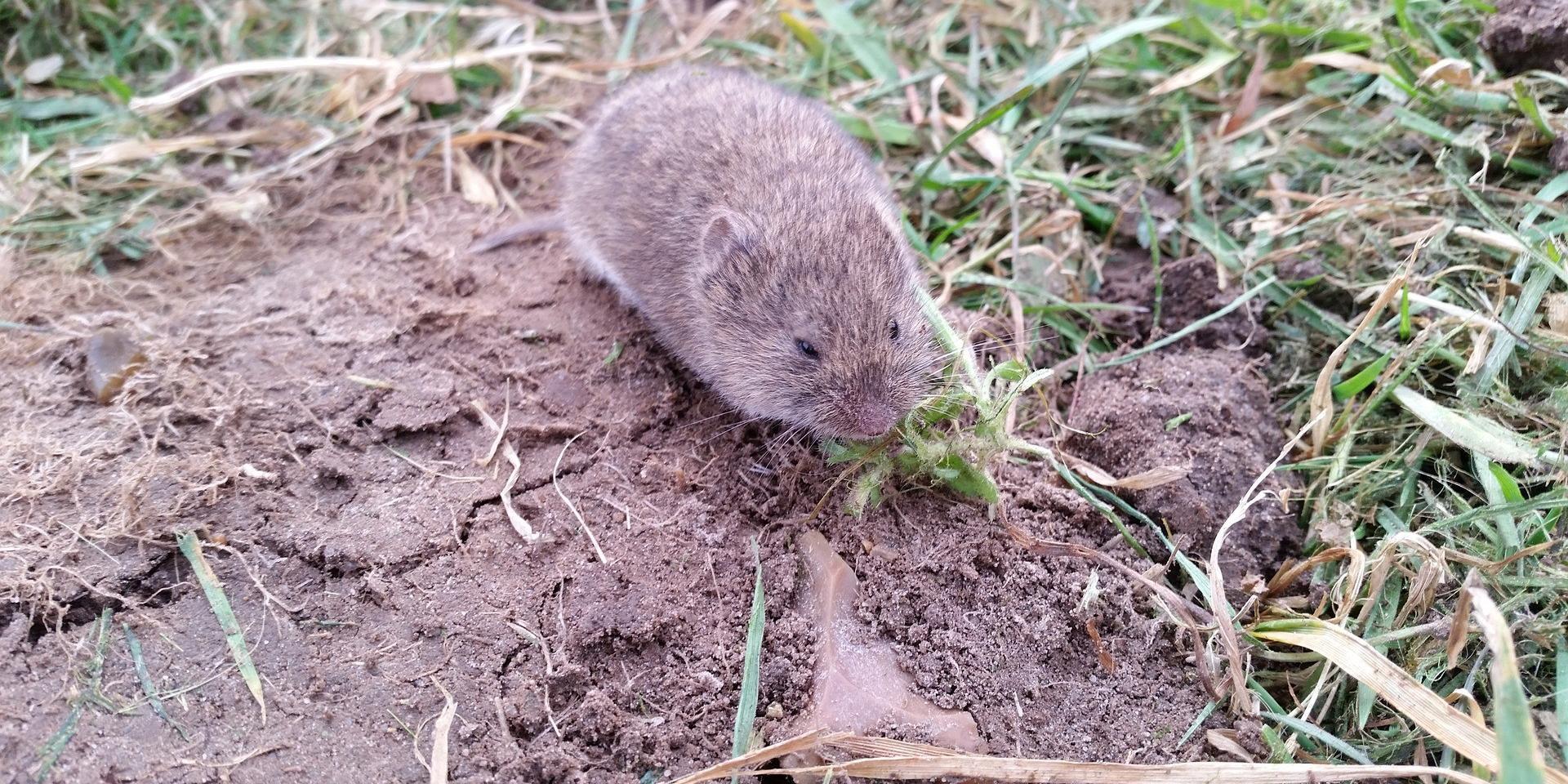Mastering Vole Pest Control: Extensive Insights on Invasion Avoidance and Therapy Strategies
By acknowledging the refined signs of vole problem early on, we can take positive measures to prevent prevalent damage. In this discussion, we will certainly check out the subtleties of vole habits, dig into the recognition of infestation indications, and discover the most efficient avoidance and treatment approaches.
Recognizing Vole Habits
Examining the foraging patterns of voles provides useful understandings into their behavior and habitat choices. By observing their foraging actions, scientists can gain a much better understanding of where voles like to develop their environments and the extent of their environmental effect.
Research study shows that voles show selective feeding practices, choosing origins, seeds, and tubers. This dietary preference influences their foraging patterns, leading them to areas rich in plants and ground cover. Additionally, voles are known to produce sophisticated tunnel systems for foraging and nesting purposes, suggesting a high degree of adaptability to their surroundings.
Comprehending vole actions is essential for carrying out targeted parasite control steps that interrupt their environment choices and foraging tasks (vole lawn damage). By studying their habits, experts can develop more effective prevention and treatment techniques to manage vole infestations

Identifying Indications of Vole Infestation
Vole infestations can be identified by acknowledging specific indications of their presence in a location. One of the most typical indicators of a vole infestation is the existence of surface area runways.
Another crucial indication of vole infestation is the existence of little burrow openings in the ground. In addition, voles are known to leave behind chewed plant stems, origins, and light bulbs near their burrow openings, showing their feeding activity in the area.
Locating these droppings along runways or near burrow openings can validate a vole invasion. By being cautious for these indicators, property owners can promptly address vole infestations and prevent further damage.
Implementing Proactive Avoidance Actions

Moreover, employing all-natural vole deterrents like castor oil-based repellents or killer urine can work as reliable precautionary steps. It is additionally a good idea to on a regular basis examine outdoor spaces for any signs of vole task, such as paths or tunnel openings, to deal with potential problems without delay. vole pest control. By adopting these aggressive prevention strategies, property owners can considerably reduce the likelihood of vole damage and see it here keep the health and aesthetics of their landscapes
Reliable Therapy Techniques
Incorporating targeted capturing methods and making have a peek at this website use of authorized rodenticides are vital components of efficient treatment approaches for handling vole infestations. Normal tracking and upkeep are likewise key elements of successful therapy methods to guarantee that vole populaces are kept under control. By incorporating trapping, rodenticides, habitat adjustment, and constant tracking, effective vole pest control can be accomplished.
Surveillance and Upkeep Tips
Normal surveillance allows for the early detection of vole activity, allowing timely treatment prior to invasions get worse. To properly monitor vole populations, strategically placed traps can be utilized in vole runways or near burrow entrances.
Additionally, preserving a clean and clean landscape is essential in vole prevention. Clearing away debris, such as piles of wood or dense plants, gets rid of prospective vole environments. Consistently cutting and trimming grass plant life aids reduce vole hiding areas and lessens their accessibility to food resources.
Moreover, ongoing maintenance of physical barriers, such as fences or cable mesh, is crucial to stop vole invasion. Checking and repairing any type of damages to these structures ensures that vole control remains effective in protecting residential or commercial properties from infestations. By incorporating these tracking and informative post maintenance methods into a comprehensive vole parasite control strategy, people can properly take care of vole populations and protect their properties from damages.
Verdict
Finally, mastering vole pest control calls for a solid understanding of vole behavior, the capacity to determine signs of problem, applying positive prevention actions, efficient treatment strategies, and regular surveillance and maintenance. By taking an extensive approach to vole control, people can properly handle and prevent problems, eventually safeguarding their home and surrounding environment from damage brought on by these little rodents.
In this conversation, we will explore the nuances of vole habits, dive into the identification of invasion indications, and uncover the most effective avoidance and therapy methods.Integrating targeted capturing approaches and utilizing authorized rodenticides are crucial components of efficient therapy strategies for handling vole problems. To efficiently check vole populations, tactically put catches can be made use of in vole runways or near burrow entrances. Checking and fixing any damages to these frameworks makes certain that vole control remains effective in protecting properties from problems. By including these monitoring and maintenance practices into a detailed vole parasite control strategy, people can properly take care of vole populaces and shield their residential or commercial properties from damages.